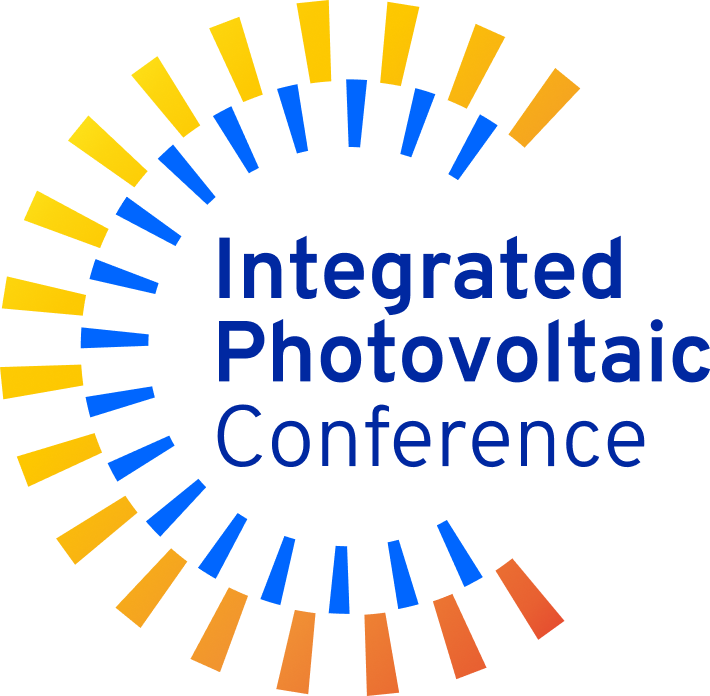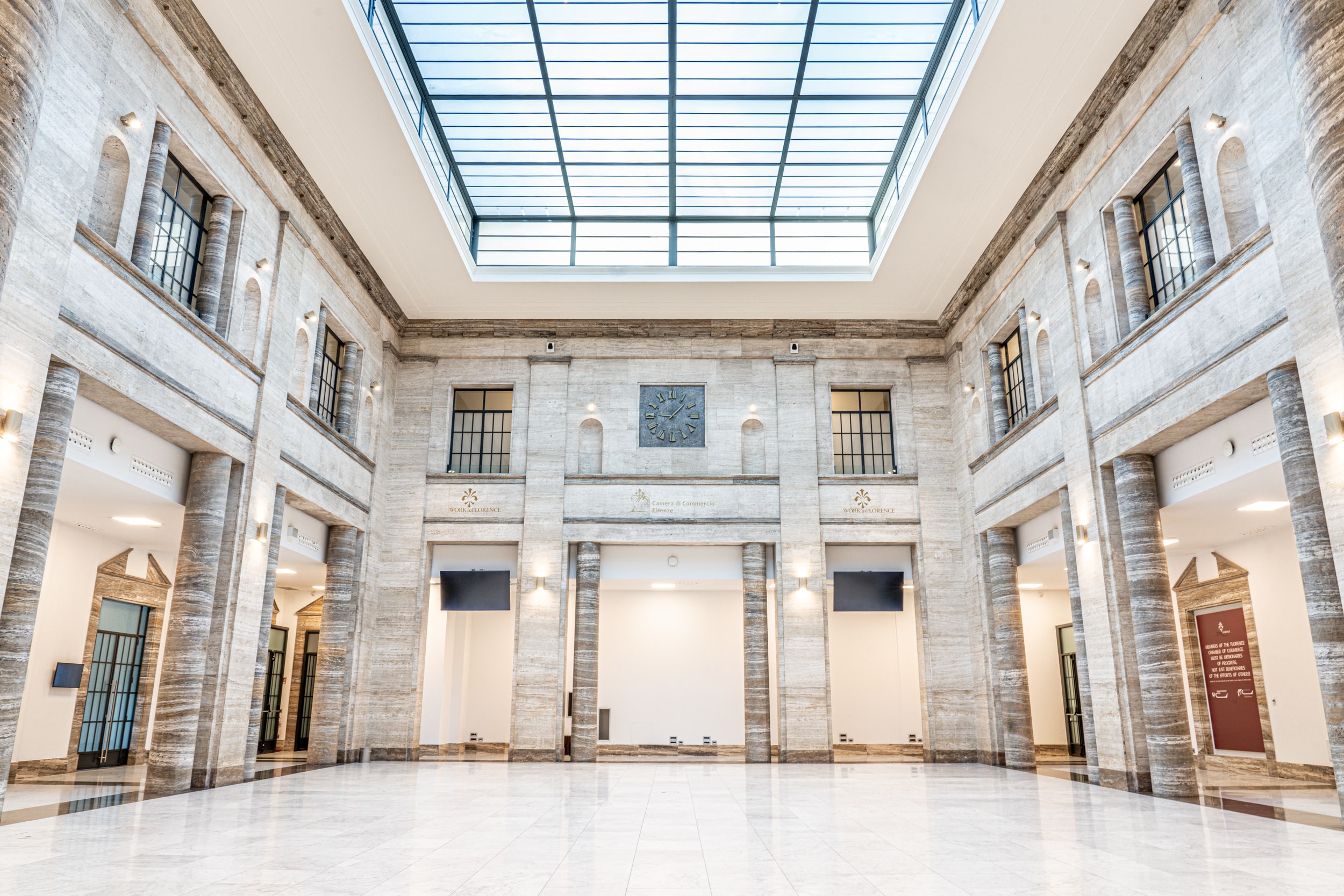2nd edition: 25th - 26th November 2025,
Florence (Italy)
Integrating PV technologies in the built environment and landscape
Meet the experts and discover innovations
This conference offers a unique opportunity to exchange ideas and share knowledge about all aspects of integrating photovoltaics into the built environment and landscape.
La partecipazione al Convegno prevede il riconoscimento di:
8 CFP dell’Ordine degli Architetti di Firenze (4 CFP a giornata)
10 CFP dell’Ordine degli Ingegneri di Firenze (5 CFP a giornata)


Meet the experts and the innovations
The conference is a unique chance to exchange and distribute knowledge for everything concerning the integration of PV. Emphasis is on demonstrating integrated approaches of the many solutions in technology, engineering, design, and finance.

Prof. Francesco Frontini
Director of ISAAC
SUPSI, Switzerland
Integrated PV Conference Chair
Message frome the Conference Chair
Integrated PV: Powering a Sustainable Renaissance
Our cities and built environments must transform if we want to tackle the major challenges of our time. For the energy transition to succeed, we need to unlock every opportunity to integrate renewable energy — especially photovoltaics — into the very fabric of our surroundings, moving beyond standalone systems.
To integrate means more than to install; it is the act of completing, enhancing, and making an element truly functional by embedding it within an existing system. For photovoltaics, integration means designing solar technologies to be structurally, aesthetically, and functionally part of the objects and environments they serve, rather than being treated as add-ons.
When shaping the program for this conference, we emphasized four main areas of integration architecture (buildings), infrastructure, agriculture, and transport (vehicles).
The challenge ahead is both technical and cultural. Technically, we must advance module design, structural integration, systems engineering, materials science, digital tools, and lifecycle approaches. Culturally, we must bridge disciplines — bringing together architects, planners, engineers, manufacturers, industries, policymakers, and communities — to reimagine how PV can become a natural part of daily life.
This year’s program reflects that ambition. You will find sessions on building-integrated PV, urban applications and agrivoltaics, vehicle-integrated solutions, digital modelling, policy frameworks, and resource efficiency strategies. We have shaped a format not only to showcase outstanding projects and lessons learned, but also to foster dialogue that leads to practical, impactful solutions — beyond purely technical constraints.
Let this gathering be a spark for new ideas, collaborations, and innovations that ripple outward, advancing integrated photovoltaics at scale.
We look forward to welcoming you in Florence, Italy — the cradle of the Renaissance, home to Leonardo da Vinci, Michelangelo, and Brunelleschi — on 25–26 November 2025. You won’t regret it!
Registration form
La partecipazione al Convegno prevede il riconoscimento di 8 CFP dell’Ordine degli Architetti di Firenze.
Register for free to join the event
Only registered event participants will be able to access the Chamber of Commerce building.
We encourage you to register early to secure a seat at the event.
The registration will close on 20 November 2025.
if for any reason you are unable to attend, kindly inform us as soon as possible so we can make the necessary adjustments.
Your prompt response will be greatly appreciated.
CALL FOR PROJECTS
Submit Your Contribution – Become a Speaker at the Conference!
Submit your abstract by 2 September, 2025
Objective
To promote innovative approaches and solutions in the field of integrated photovoltaics, the conference invites experts from both the scientific and industrial sectors to present the latest developments, pioneering projects, and real-world applications.
We welcome contributions that demonstrate how photovoltaic integration can be efficient, forward-thinking, economically viable, and respectful of the surrounding environment.
How to participate
Submit a concise and meaningful abstract (maximum 700 words) describing an existing or ongoing integrated PV project, implementation, or study related to one or more of the conference topics listed above. Abstracts may include images and tables.
Submission Guidelines
- Ensure your abstract aligns with one or more of the listed conference topics
- Use the official abstract template (download link)
- Submit your abstract in PDF format to:
info@ipv-conference.com
All submissions will be reviewed, and selected contributors will be invited to present at the conference. Chosen abstracts will be featured in the “Call for Projects” session. The most outstanding contributions may also be included in other thematic sessions of the event.
All accepted contributions will be published in the official conference proceedings, a publication with ISBN while single papers will receive a DOI.
SHOWCASE YOUR COMPANY
Sponsors
Interested?
Contact:
mariavittoria.valacchi@etaflorence.it
sinuo.sun@etaflorence.it
Venue
This year, the IPV Conference will be held in the historic palace in Piazza dei Giudici, home to the Florence Chamber of Commerce.
Located in a historically rich area that once hosted the medieval Tiratoio della Trave (a wool-stretching workshop), the palace stands at the heart of Florence. Rebuilt after a fire in the mid-1800s, the building today overlooks the Arno River and is just a short walk from iconic landmarks such as the Uffizi Gallery, Piazza della Signoria, and Ponte Vecchio.
LOCATION: Piazza Mentana, 1
50122 Firenze FI


Registration
The conference is free and open to all upon registration.

